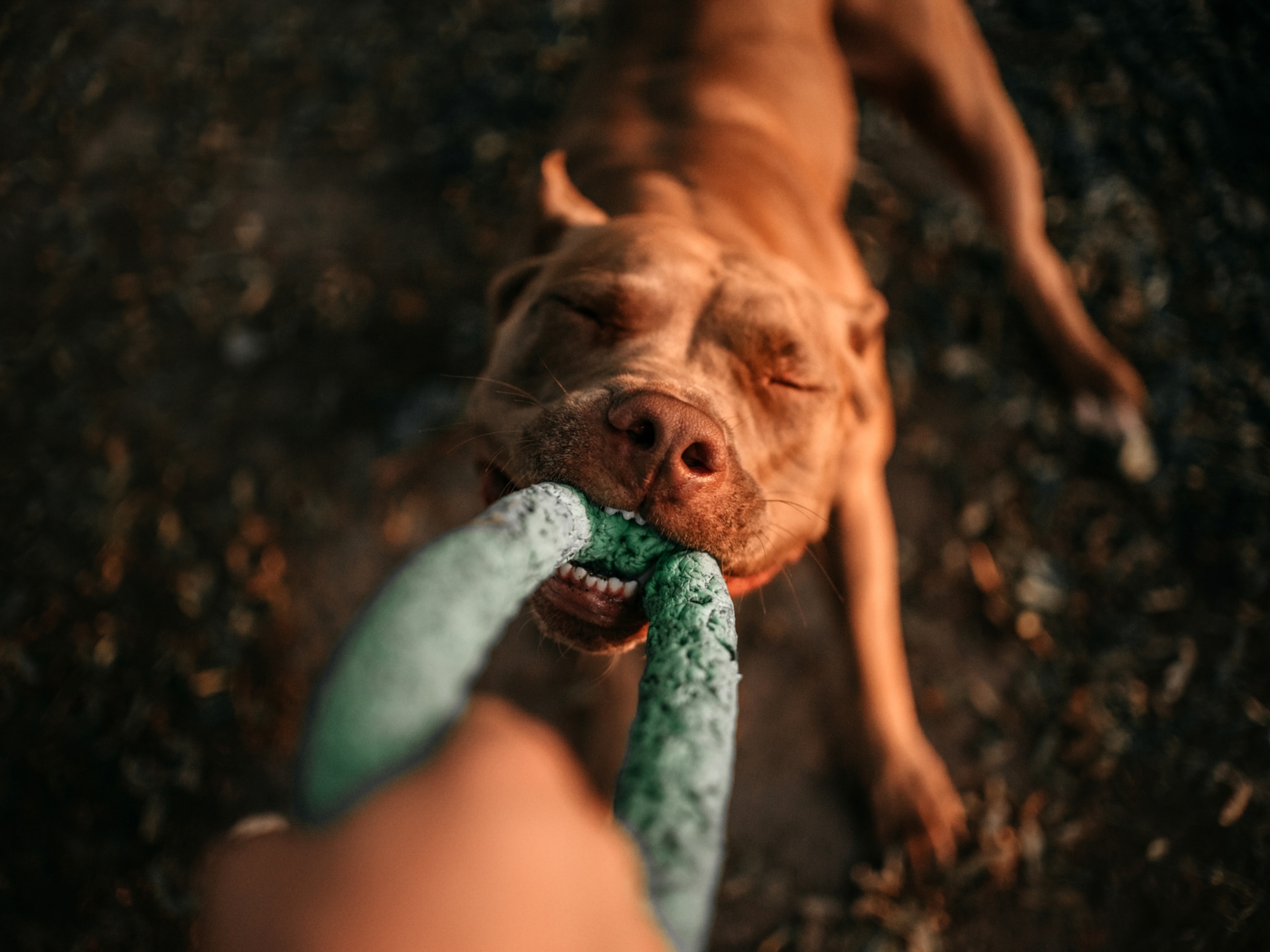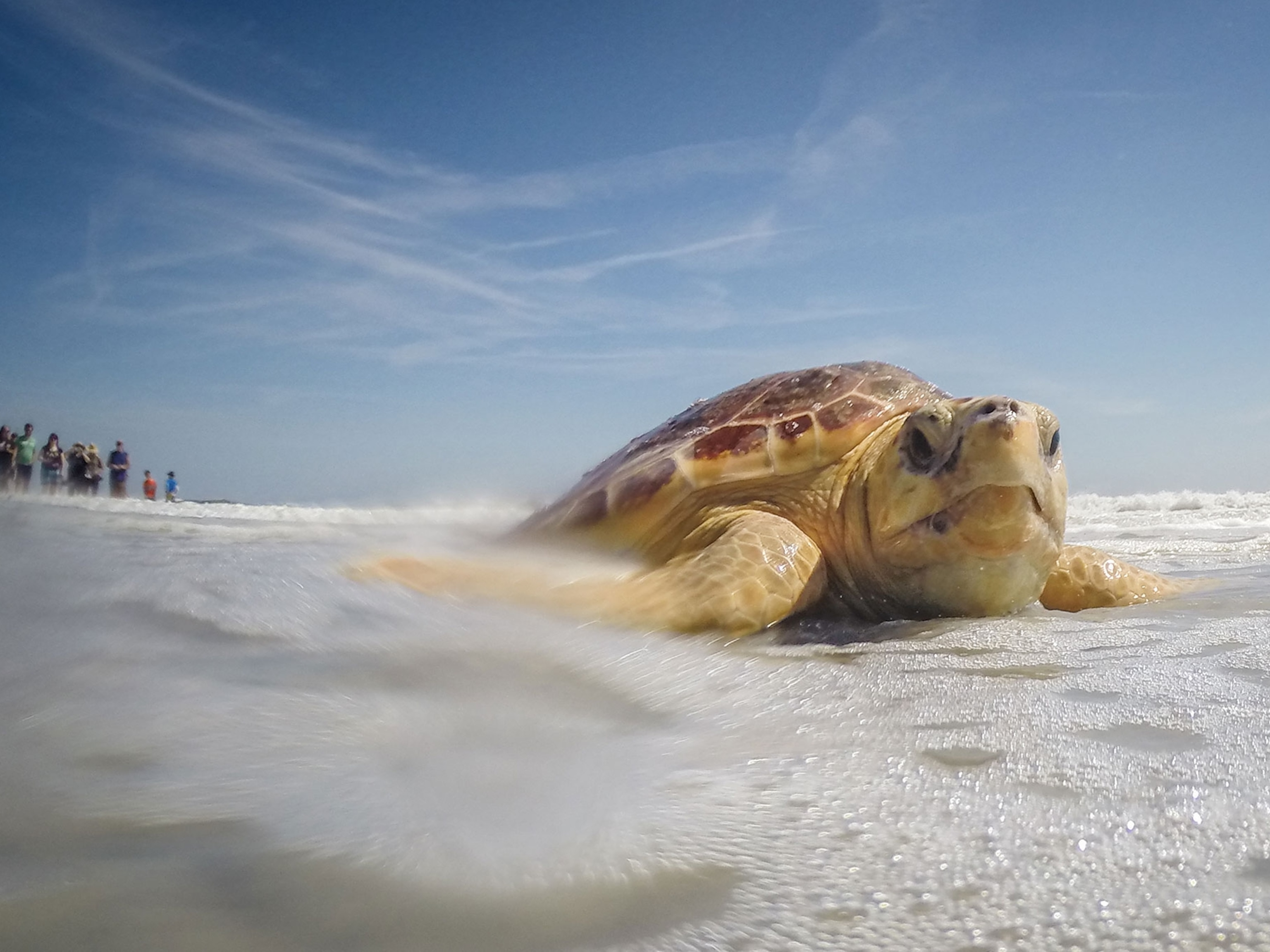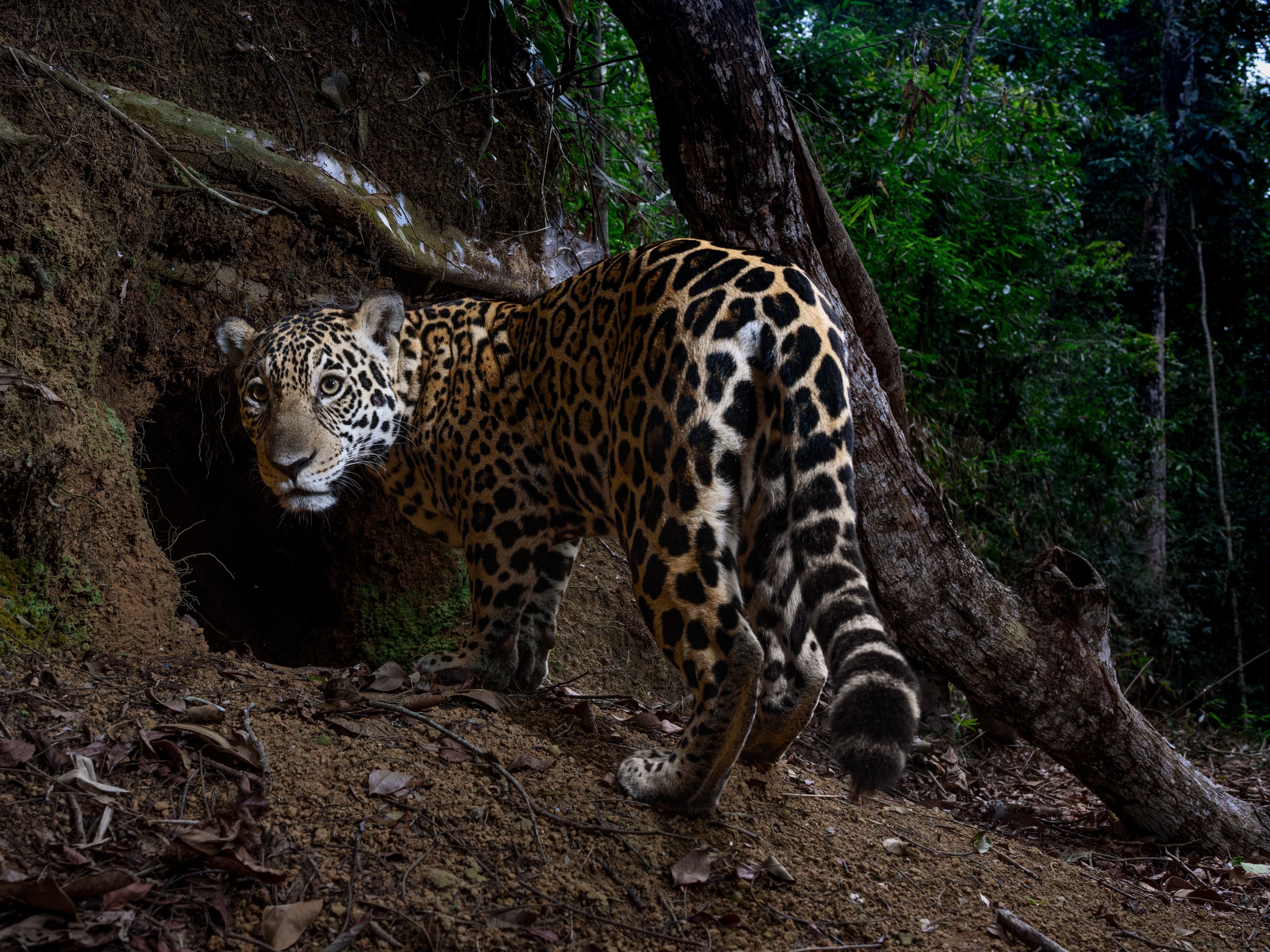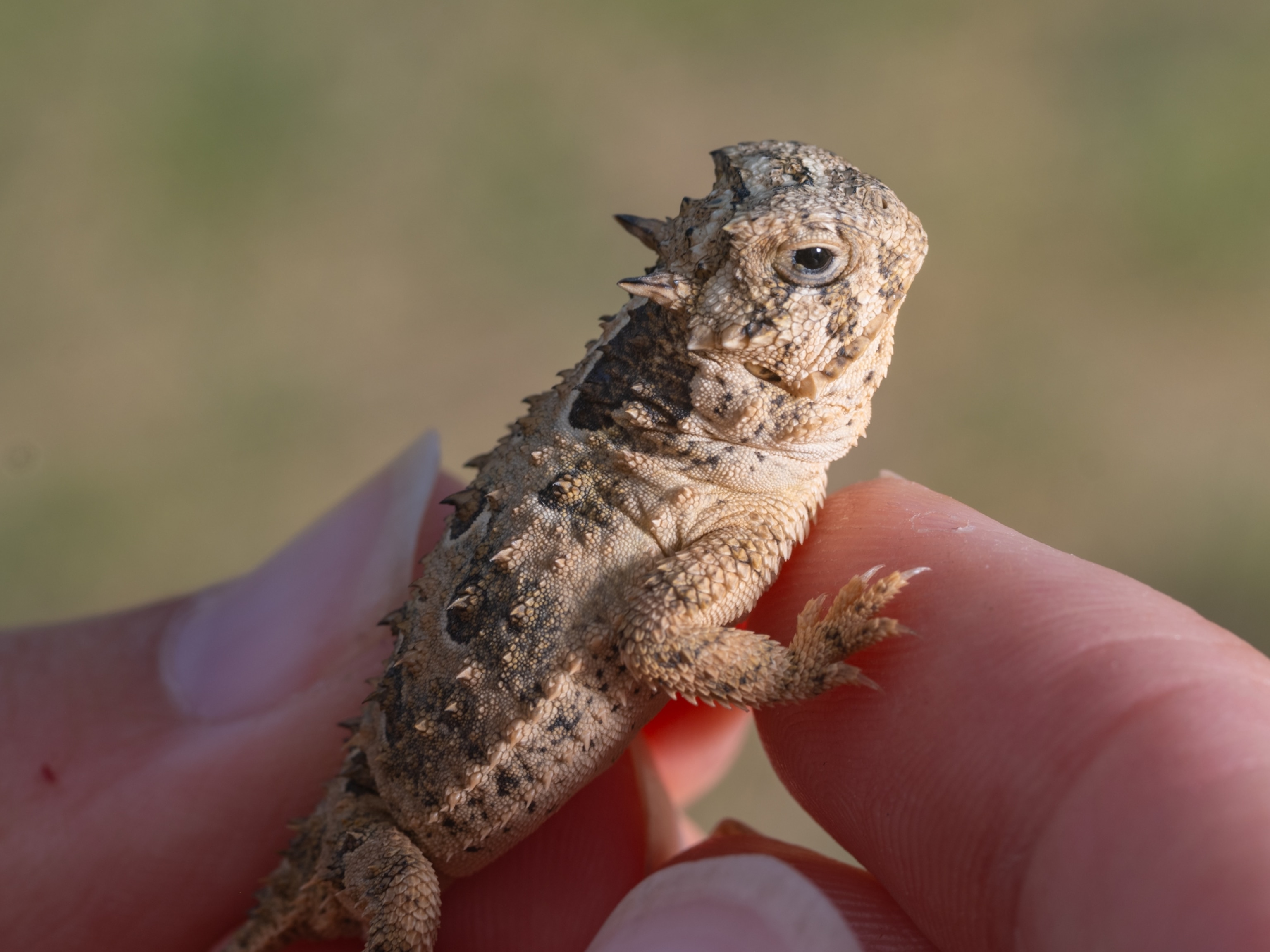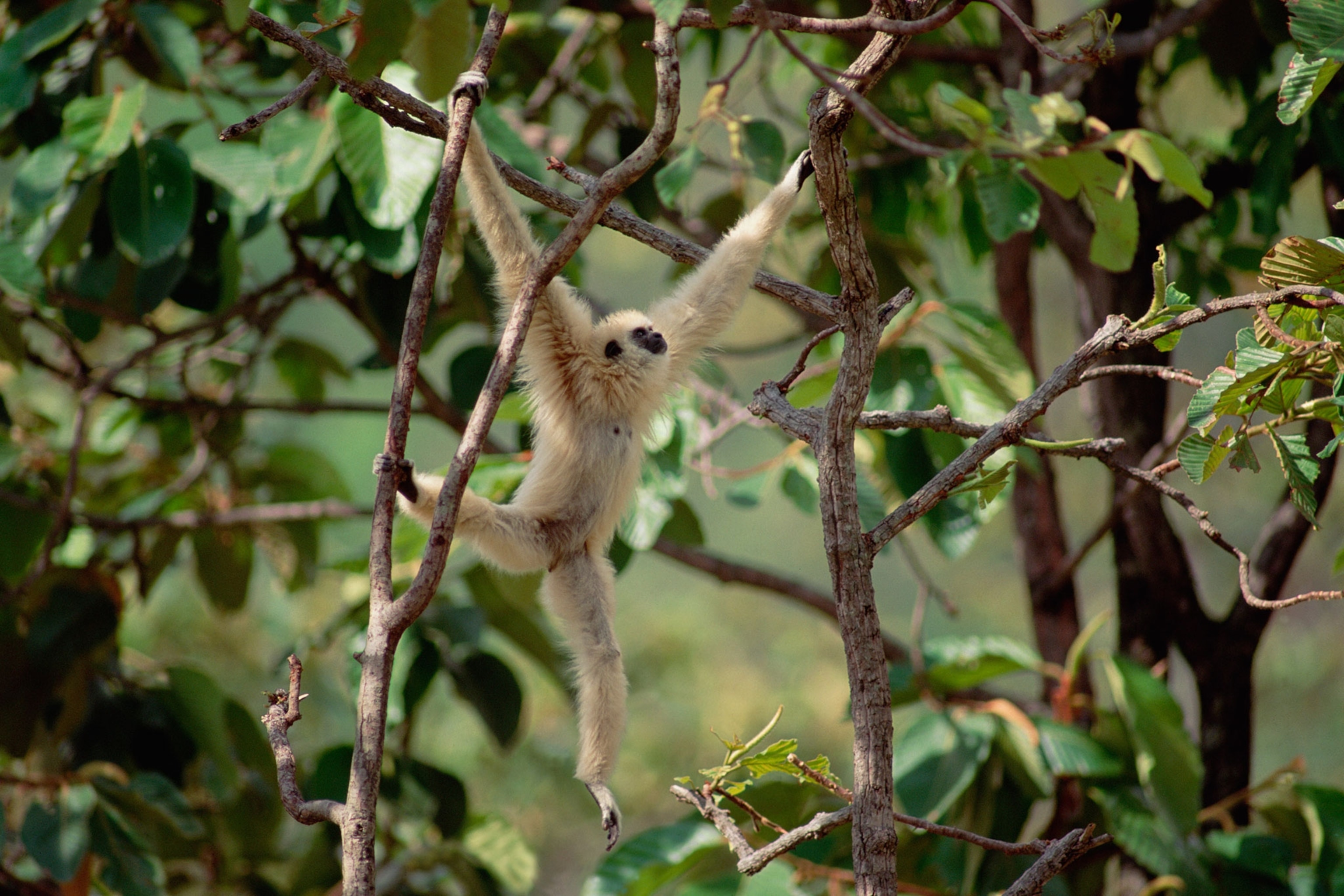
Meet the Beetles that Harvest Fog in the Desert
It's just one weird way animals drink.
What’s the one thing no life form can do without?
It’s not coffee, a smartphone, or even Netflix. It’s water. Every living thing needs it, but we have surprisingly different ways of ingesting it.
Here are some peculiar ways different animals enjoy a drink. And no, pickle margaritas are not on here.
Lap, Dog!
“Monkeys and other apes lean down to drink,” says Don Moore, director of the Oregon Zoo in Portland, but the southeast Asian gibbons drink water through cupped hands, a “very cool behavior,” especially if these acrobats are hanging upside down in a tree.

Dogs also form a cup—sort of—with their tongues.
Research from Virginia Tech in 2015 found they curl their tongues toward themselves in a kind of ladle. A column of water splashes upwards, and they grab that while taking in what tongue catches.
(Australiana #3 – Thorny devil)
When snakes drink, “it doesn’t look like they are doing much of anything,” Moore says, but there’s a lot going on behind the scenes.
In a 2012 study David Cundall of Lehigh University and colleagues found that some species drink via capillary action, the same mechanism by which water climbs from roots to leaves in plants.
Snakes have skin folds in their lower jaw that expand to accommodate large prey. When they put their mouths in the water, those skin folds expand and absorb the liquid like a sponge via capillary action, then muscles squeeze it down into the gut.
Water in the Desert
Where there’s little water to be had, animals come up with very innovative ways to collect it.
The sandgrouse, a relative of the pigeon, lives in arid parts of Africa, Madagascar, southern Europe, and southern and Central Asia. The way the male feeds is chicks is so extraordinary it was once believed to be a myth.
Each day, the male commutes to a water hole, where he’ll sit and rock back and forth. He’s soaking up water in his specialized belly feathers, which have a coiled barbule which makes them extra spongey. They can hold up to 1.35 ounces, or 2.7 tablespoons, compared to other birds at .0002 ounces.
The papa sandgrouse then returns to the nest, bringing back water for his young in his soaked feathers.

For Australian thorny devils, spiky lizards up to almost eight inches long, “morning dew collects on their bodies, and it drips through skin grooves toward the mouth where the creatures can slurp it up,” Moore says. They’ll throw moist sand on their backs to extract water in the same way, it’s believed.
Thorny devils can also drink through their feet, a 2016 study found. Micro-structures between their scary scales act like little straws, using the force of capillary action to pull in water from moist sand.
Other desert dwellers pull water right out of the air.
“The Namibian desert beetle has this complex micro-sculpture on its exoskeleton where it will collect dew from the air,” says Katy Prudic, an entomologist at the University of Arizona. (Related: Beetles Shell Offers Clues to Harvesting Water.)
When fog rolls into the desert, about six times a month, the beetle will stand with its butt in the air, letting those structures on its back capture moisture and funnel it down into their mouths.
Built-In Straws
“Screw plastic straws,” Prudic says. Butterflies “have their own personal drinking straw,” a long proboscis through which they drink nectar.
But some bugs aren’t vegetarian. They drink other bugs.
Adult green lacewings are dainty, delicate little insects, “but as kids they are just terrors,” Prudic says, particularly to aphids.
“[Lacewings’] mandibles are these hollow straws, and they just walk up to an aphid and they just pierce them on one on each side and just suck them dry.”
The ultimate protein shake.
Have a question about the weird and wild world? Tweet me or find me on Facebook. Weird Animal Question of the Week answers your questions every Saturday.

